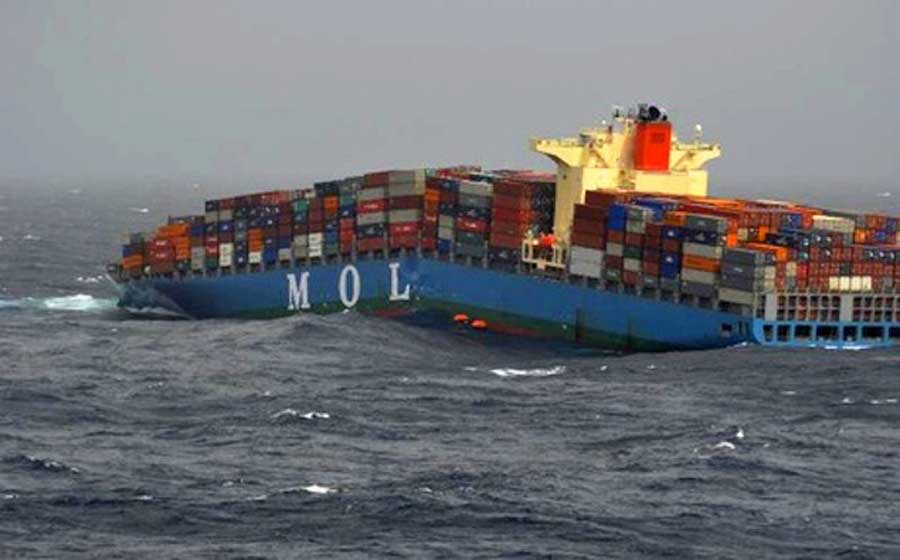‘A’ Frame – A support structure to provide rigidity to the shaft of a twin-propeller construction. It is shaped like a turned-over ‘A’, hence its name, where the propeller shaft is supported at the apex of the structure.Aft Peak Tank – A water tank set right aft of the vessel. It will either be a designated freshwater tank or a ballast water tank used for adjusting the ship’s trim.Beam Knees – Triangular steel plates secured between beams or half-beams and the side frames. They tend to compensate for racking stresses and localised stresses from heavyweights.Beams – These are usually in … [Read more...]
Stresses in Ships
A ship at sea is subjected to a number of forces causing the structure to distort. Initially, these may be divided into two categories, as follows:Static forces - Ship floating at rest in still water.Two major forces acting:the weight of the ship acting vertically down buoyancy acting upDynamic forces - due to the motion of the ship and the sea the structural stresses, caused by the above forces, to which the ship structure is subjected may be categorized as:Longitudinal stresses (hogging and sagging) Transverse stresses (racking and the effects of water … [Read more...]

